E-waste cess okay, but cooperation required from the IT industry
1. Indian Institute of Material Management has assessed that Bangalore generates about 8,000 tonnes of computer waste every year. In the absence of proper disposal, they find their way to the scrapyard, which is a great hazard.
E-waste cess on IT industry to scientifically recycle and dispose e-waste is an urgent need. The palike is said to net a huge amount under this head. If sincerely implemented, it would make Bangalore the first city to curb e-waste at the optimum level. But it is pointed out that e-waste disposal needs a collection chain and scientific disposal that requires full cooperation of the IT industry.
Multi-storey vehicle parking lots at a cost of Rs1,000 crore
2. This is a heartening news for the private vehicle owners who roughly constitute 60% of the city population. The palike is proposing to spend Rs1,000 crore through the BDA to develop multi-level parking lots on 10 traffic routes.
Plausible, it looks because it is a private-public-partnership. The routes are Freedom Park, Gandhibazar Road, near Garuda Mall; Jayanagar, Surur Park Road, near Akkithimmanahalli stadium; Malleswaram West Temple Road. Together with signal free traffic on Tumkur Road, Mysore Road and Chord Road, the measure promises to be a welcome step, civic watchers agree.
Online services only through a reputed software company
3. A long overdue measure of the palike is the proposal to provide online facility for payment of property tax, building plan sanction, registration of births and deaths and trade licence. The working population that have too many worries are currently made to run around for these services.
If technologically superior facility is made, it will prove to be a boon to the public. This measure has been implemented by most municipalities. Technologists, however, point out that building plan sanction requires special online facility (Autocard) which if not provided by a reputed software firm, can defeat the purpose. But all agree that it is a great need of the times.
An effort to have a ‘solid’ waste disposal system in place
4. Namma Bengaluru generates about 1,746 tonnes of municipal solid waste every day and the treatment facility is abysmally low. Encouraged by successful ‘zero-garbage zones’ in Gandhingar, Rajajinagar and Malleswaram, the scheme is planned to be spread to all areas.
Garbage converters will be installed in bulk. Decentralised segregation units and secondary collection centres will be established and scientific disposal executed. Importantly, small disposal units are planned in all areas and Rs25 crore is earmarked for this purpose. Greens, however, point out that it needs a much bigger scheme involving RWAs to make an impact.
Welcome step to counter the stray dog menace
5. Control of stray dogs has been a general cry of citizens for quite a long time. But while the commissioner talked about a stray dog-free city in three years, the budget provides for only 19 centres for neutering dogs.
And, yet, any small measure to counter the growing menace of stray dogs is a welcome step. The city has not taken a census of the un-owned dogs in the city in the recent past but estimates by voluntary agencies suggest three lakh dogs are in the city and breeding fast. Adoption of street dogs which was earlier suggested has not found favour with the present dispensation. Or at least, there is no mention of this.
Going green with one park in every assembly constituency
6. A programme, Hasiru Sante (greenery is peace), aims to have one park in every assembly constituency. The budget has earmarked Rs159 crore for maintenance and development of new parks.
Besides, planting five lakh saplings this year, compulsory water harvesting, private partnership for developing parks, Rs98 crore for lake development, and horticulture development in every constituency form the BBMP budget’s green initiatives. This promises to give a fillip to the movement for environmental rejuvenation. Forming a cell to monitor environment is another important step in the green direction.
Addressing the public grievances through Janaspandana programme
7. The budget provides for forming a separate cell for speedy disposal of public grievances under the Janaspandana scheme. It is planned to have the programme every fortnight at the ward level. The mayor, along with his deputy, will conduct such ‘sabhas’ to help sort out complaints, which include grievances against the palike functionaries.
There are umpteen civic complaints which are not attended to by the officialdom. This need was felt for long and, therefore, the measure is considered a welcome step. The meeting at the ward-level is bound to help sort out problems at the micro level, it is hoped.
Fencing BBMP properties to keep encroachers at bay
8. The Ramaswamy report revealed the shocking encroachment of public property by not ordinary but the high and the mighty. The budget, for the first time, has earmarked Rs10 crore for fencing the BBMP properties. The properties which have been given on lease will be reviewed and the ones that lapsed will be retrieved.
The BBMP is finding it difficult to find space to implement various schemes for civic amenities. The sum might be small but the step is an effort to save whatever land is left on the field. Experts say the step is essential to save the civic land in the newly-merged areas.
Pollution-free transport with 100 bicycles in each ward
9. Twenty thousand bicycles to be given (100 to each ward) for two reasons: health and environmental. This novel step, though not of great
importance to the city, embodies the right spirit to encourage a healthy and pollution-free transport.
Most of the developed countries have cycle tracks. However, the trend has not caught up in India, but Namma Bengaluru has blazed a trail, and if the trend catches on, it will be good for the future.
On the flip side, the civic budget does not talk much about a cycle track. But future budgets, it is
pointed out, might indicate positive signs
in this direction.
Developing modern markets on private partnership model
10. There are 147 markets in Bangalore which are all in the old city area. The new proposal is to develop markets on the private partnership model to make them self-sustaining. It is proposed to take up several works during 2010-11 to provide modern market facilities. The city, points out LC Lahoti, chairman sub-committee for civic affairs at FKCCI, “needs 300 acres of marketyard and it has less than 80 now.”
Budget emphasises modern markets in the new areas which lack this facility. As private partnership is being tried out, the palike will not face the resource crunch, it is expected.
![submenu-img]() Balancing Risk and Reward: Tips and Tricks for Good Mobile Trading
Balancing Risk and Reward: Tips and Tricks for Good Mobile Trading![submenu-img]() Balmorex Pro [Is It Safe?] Real Customers Expose Hidden Dangers
Balmorex Pro [Is It Safe?] Real Customers Expose Hidden Dangers![submenu-img]() Sight Care Reviews (Real User EXPERIENCE) Ingredients, Benefits, And Side Effects Of Vision Support Formula Revealed!
Sight Care Reviews (Real User EXPERIENCE) Ingredients, Benefits, And Side Effects Of Vision Support Formula Revealed!![submenu-img]() Java Burn Reviews (Weight Loss Supplement) Real Ingredients, Benefits, Risks, And Honest Customer Reviews
Java Burn Reviews (Weight Loss Supplement) Real Ingredients, Benefits, Risks, And Honest Customer Reviews![submenu-img]() Gurucharan Singh is still unreachable after returning home, says Taarak Mehta producer Asit Modi: 'I have been trying..'
Gurucharan Singh is still unreachable after returning home, says Taarak Mehta producer Asit Modi: 'I have been trying..'![submenu-img]() RBSE 12th Result 2024 Live Updates: Rajasthan Board Class 12 results DECLARED, get direct link here
RBSE 12th Result 2024 Live Updates: Rajasthan Board Class 12 results DECLARED, get direct link here![submenu-img]() IIT graduate Indian genius ‘solved’ 161-year old maths mystery, left teaching to become CEO of…
IIT graduate Indian genius ‘solved’ 161-year old maths mystery, left teaching to become CEO of…![submenu-img]() RBSE 12th Result 2024 Live Updates: Rajasthan Board Class 12 results to be announced soon, get direct link here
RBSE 12th Result 2024 Live Updates: Rajasthan Board Class 12 results to be announced soon, get direct link here![submenu-img]() Meet doctor who cracked UPSC exam to become IAS officer but resigned after few years due to...
Meet doctor who cracked UPSC exam to become IAS officer but resigned after few years due to...![submenu-img]() IIT graduate gets job with Rs 45 crore salary package, fired after few years, buys Narayana Murthy’s…
IIT graduate gets job with Rs 45 crore salary package, fired after few years, buys Narayana Murthy’s…![submenu-img]() DNA Verified: Is CAA an anti-Muslim law? Centre terms news report as 'misleading'
DNA Verified: Is CAA an anti-Muslim law? Centre terms news report as 'misleading'![submenu-img]() DNA Verified: Lok Sabha Elections 2024 to be held on April 19? Know truth behind viral message
DNA Verified: Lok Sabha Elections 2024 to be held on April 19? Know truth behind viral message![submenu-img]() DNA Verified: Modi govt giving students free laptops under 'One Student One Laptop' scheme? Know truth here
DNA Verified: Modi govt giving students free laptops under 'One Student One Laptop' scheme? Know truth here![submenu-img]() DNA Verified: Shah Rukh Khan denies reports of his role in release of India's naval officers from Qatar
DNA Verified: Shah Rukh Khan denies reports of his role in release of India's naval officers from Qatar![submenu-img]() DNA Verified: Is govt providing Rs 1.6 lakh benefit to girls under PM Ladli Laxmi Yojana? Know truth
DNA Verified: Is govt providing Rs 1.6 lakh benefit to girls under PM Ladli Laxmi Yojana? Know truth![submenu-img]() Urvashi Rautela mesmerises in blue celestial gown, her dancing fish necklace steals the limelight at Cannes 2024
Urvashi Rautela mesmerises in blue celestial gown, her dancing fish necklace steals the limelight at Cannes 2024![submenu-img]() Kiara Advani attends Women In Cinema Gala in dramatic ensemble, netizens say 'who designs these hideous dresses'
Kiara Advani attends Women In Cinema Gala in dramatic ensemble, netizens say 'who designs these hideous dresses'![submenu-img]() Influencer Diipa Büller-Khosla looks 'drop dead gorgeous' in metallic structured dress at Cannes 2024
Influencer Diipa Büller-Khosla looks 'drop dead gorgeous' in metallic structured dress at Cannes 2024![submenu-img]() Kiara Advani stuns in Prabal Gurung thigh-high slit gown for her Cannes debut, poses by the French Riviera
Kiara Advani stuns in Prabal Gurung thigh-high slit gown for her Cannes debut, poses by the French Riviera![submenu-img]() Heeramandi star Taha Shah Badussha makes dashing debut at Cannes Film Festival, fans call him ‘international crush’
Heeramandi star Taha Shah Badussha makes dashing debut at Cannes Film Festival, fans call him ‘international crush’![submenu-img]() Haryana Political Crisis: Will 3 independent MLAs support withdrawal impact the present Nayab Saini led-BJP government?
Haryana Political Crisis: Will 3 independent MLAs support withdrawal impact the present Nayab Saini led-BJP government?![submenu-img]() DNA Explainer: Why Harvey Weinstein's rape conviction was overturned, will beleaguered Hollywood mogul get out of jail?
DNA Explainer: Why Harvey Weinstein's rape conviction was overturned, will beleaguered Hollywood mogul get out of jail?![submenu-img]() What is inheritance tax?
What is inheritance tax?![submenu-img]() DNA Explainer: What is cloud seeding which is blamed for wreaking havoc in Dubai?
DNA Explainer: What is cloud seeding which is blamed for wreaking havoc in Dubai?![submenu-img]() DNA Explainer: What is Israel's Arrow-3 defence system used to intercept Iran's missile attack?
DNA Explainer: What is Israel's Arrow-3 defence system used to intercept Iran's missile attack?![submenu-img]() Gurucharan Singh is still unreachable after returning home, says Taarak Mehta producer Asit Modi: 'I have been trying..'
Gurucharan Singh is still unreachable after returning home, says Taarak Mehta producer Asit Modi: 'I have been trying..'![submenu-img]() ‘Jo mujhse bulwana chahte ho…’: Angry Dharmendra lashes out after casting his vote in Lok Sabha Elections 2024
‘Jo mujhse bulwana chahte ho…’: Angry Dharmendra lashes out after casting his vote in Lok Sabha Elections 2024![submenu-img]() Deepika Padukone spotted with her baby bump as she steps out with Ranveer Singh to cast her vote in Lok Sabha elections
Deepika Padukone spotted with her baby bump as she steps out with Ranveer Singh to cast her vote in Lok Sabha elections![submenu-img]() Jr NTR surprises fans on birthday, announces NTR 31 with Prashanth Neel, shares details
Jr NTR surprises fans on birthday, announces NTR 31 with Prashanth Neel, shares details ![submenu-img]() 86-year-old Shubha Khote wins hearts by coming out to cast her vote in Lok Sabha elections, says meant to inspire voters
86-year-old Shubha Khote wins hearts by coming out to cast her vote in Lok Sabha elections, says meant to inspire voters![submenu-img]() Watch viral video: Man gets attacked after trying to touch ‘pet’ cheetah; netizens react
Watch viral video: Man gets attacked after trying to touch ‘pet’ cheetah; netizens react![submenu-img]() Real story of Lahore's Heermandi that inspired Netflix series
Real story of Lahore's Heermandi that inspired Netflix series![submenu-img]() 12-year-old Bengaluru girl undergoes surgery after eating 'smoky paan', details inside
12-year-old Bengaluru girl undergoes surgery after eating 'smoky paan', details inside![submenu-img]() Viral video: Pakistani man tries to get close with tiger and this happens next
Viral video: Pakistani man tries to get close with tiger and this happens next![submenu-img]() Owl swallows snake in one go, viral video shocks internet
Owl swallows snake in one go, viral video shocks internet










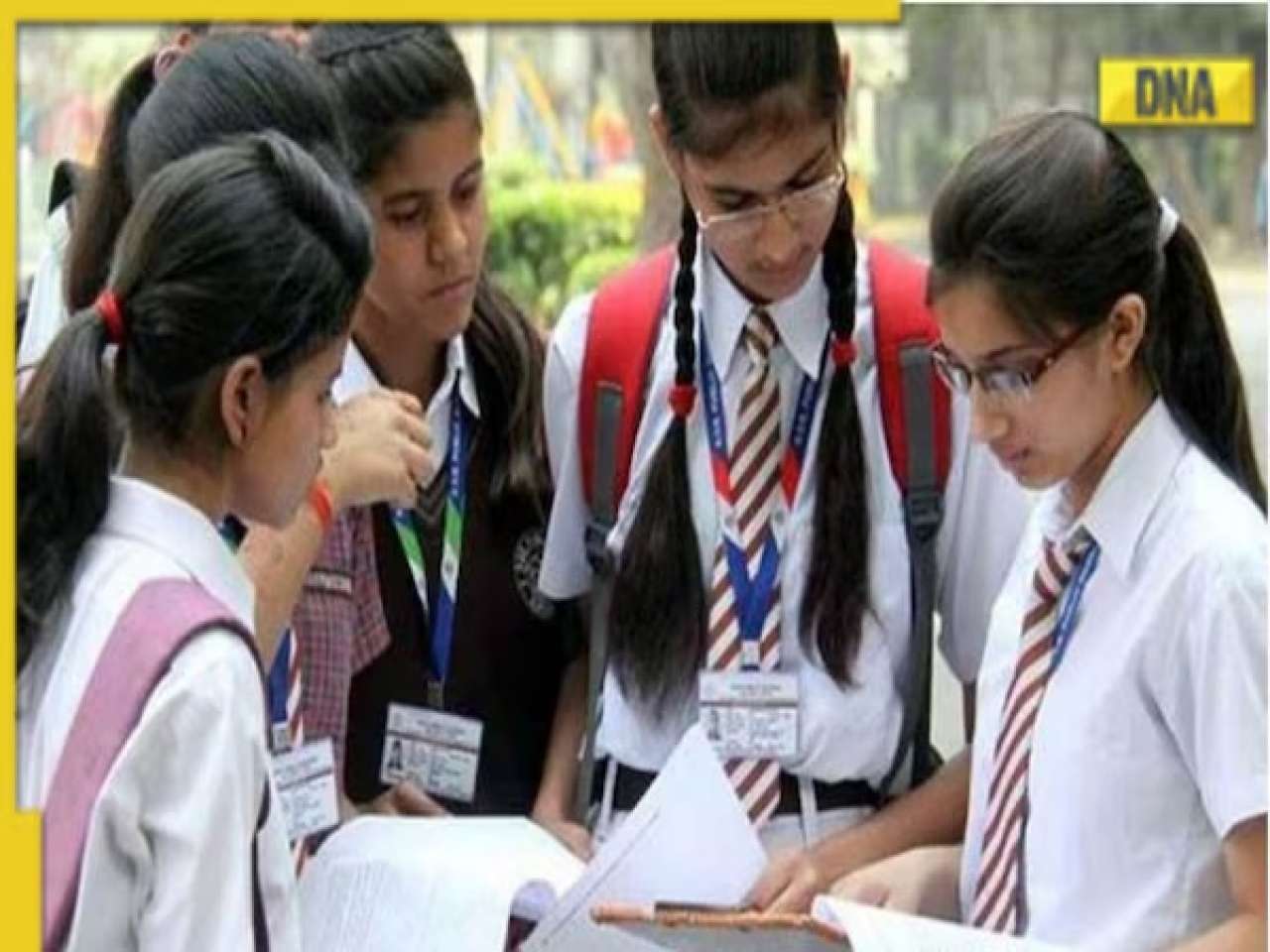

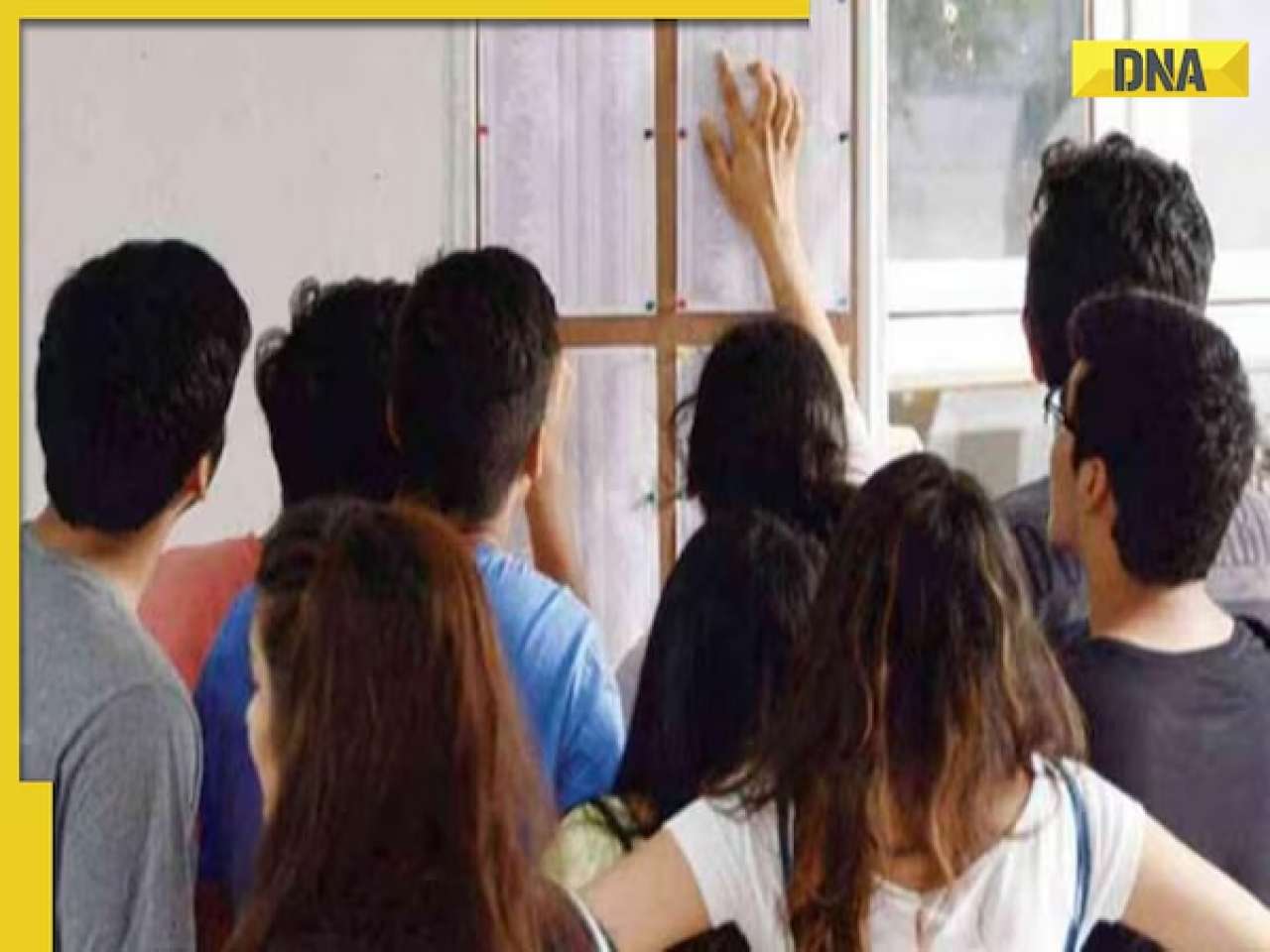






















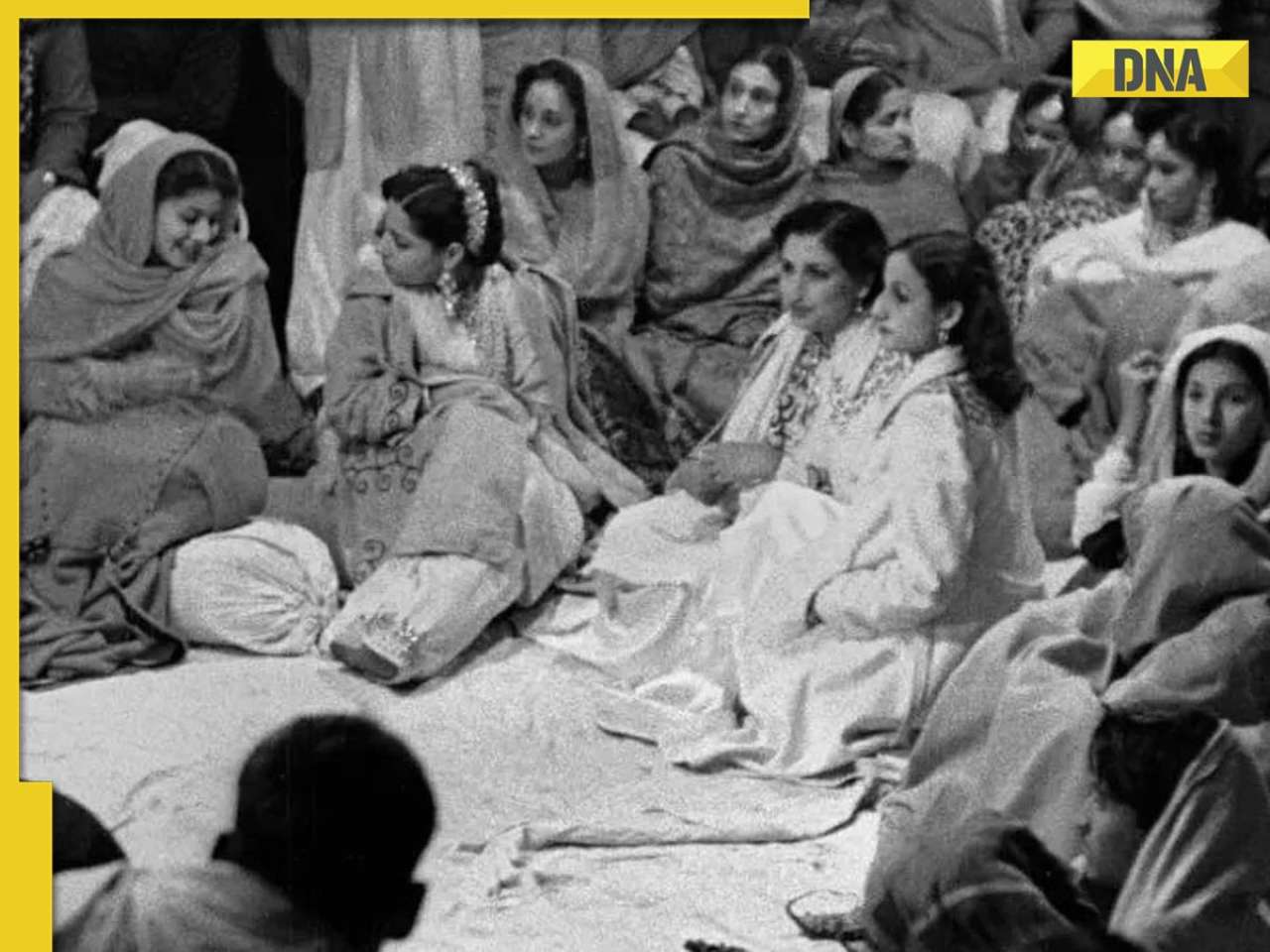







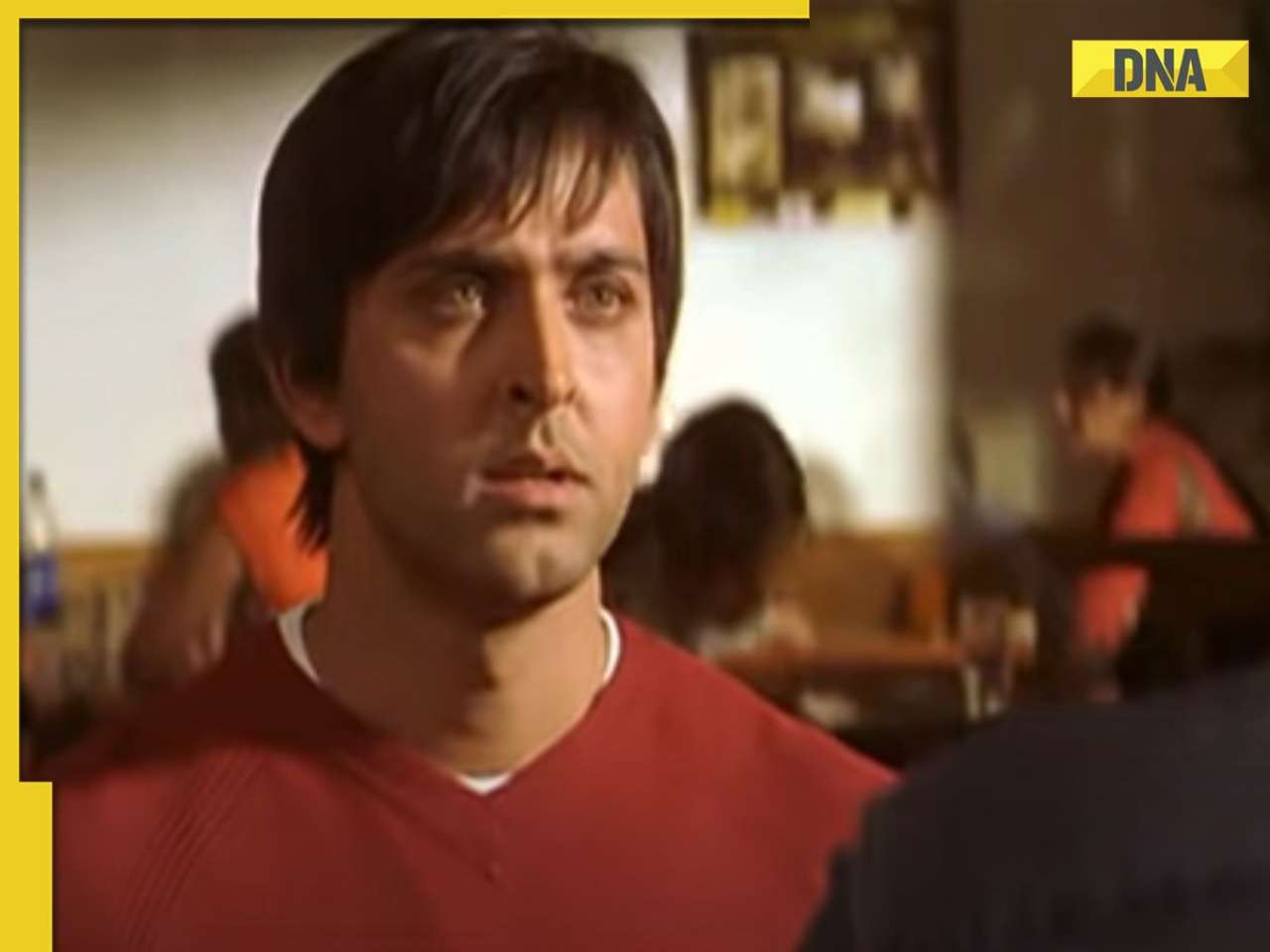







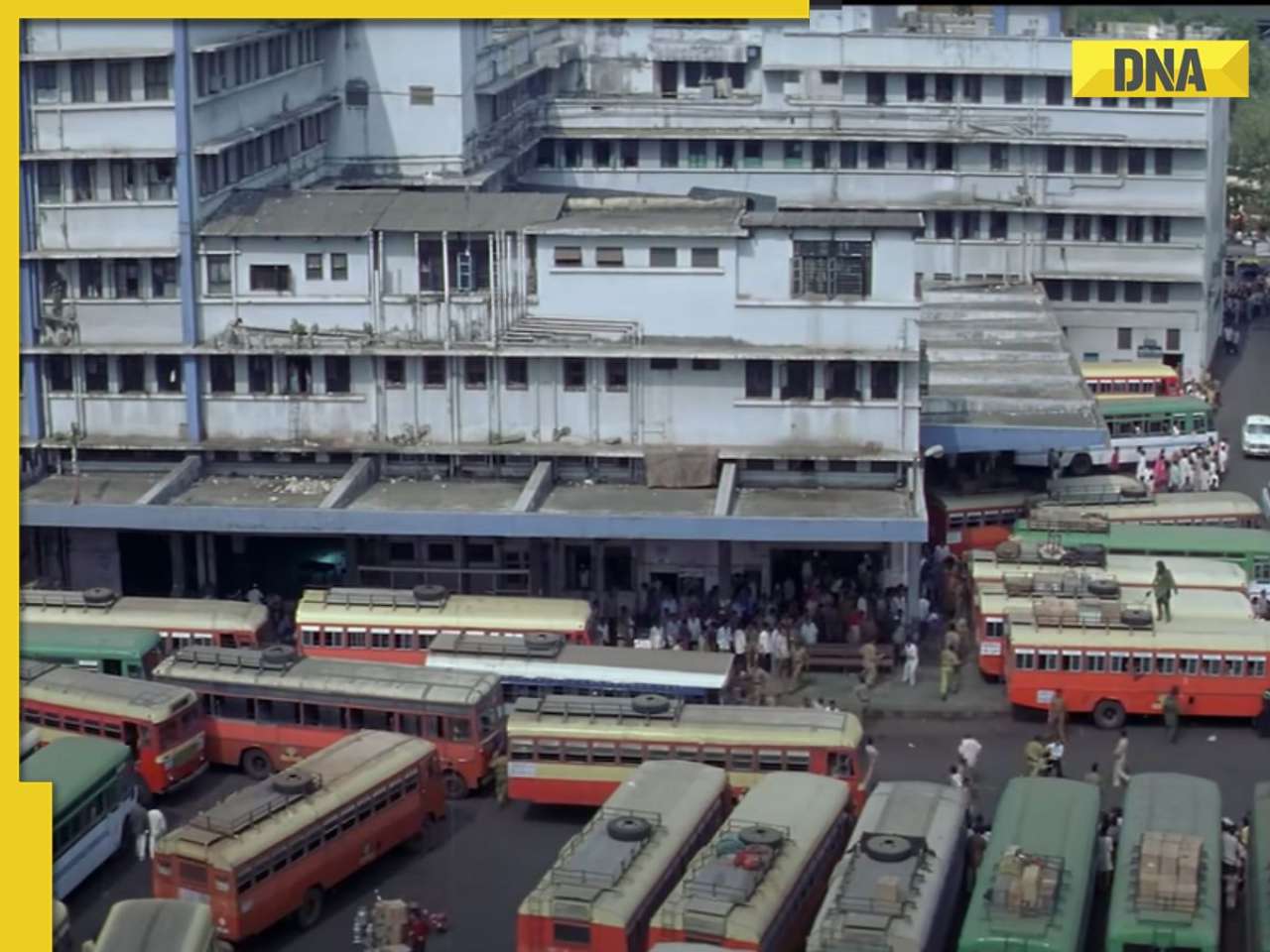






)
)
)
)
)
)